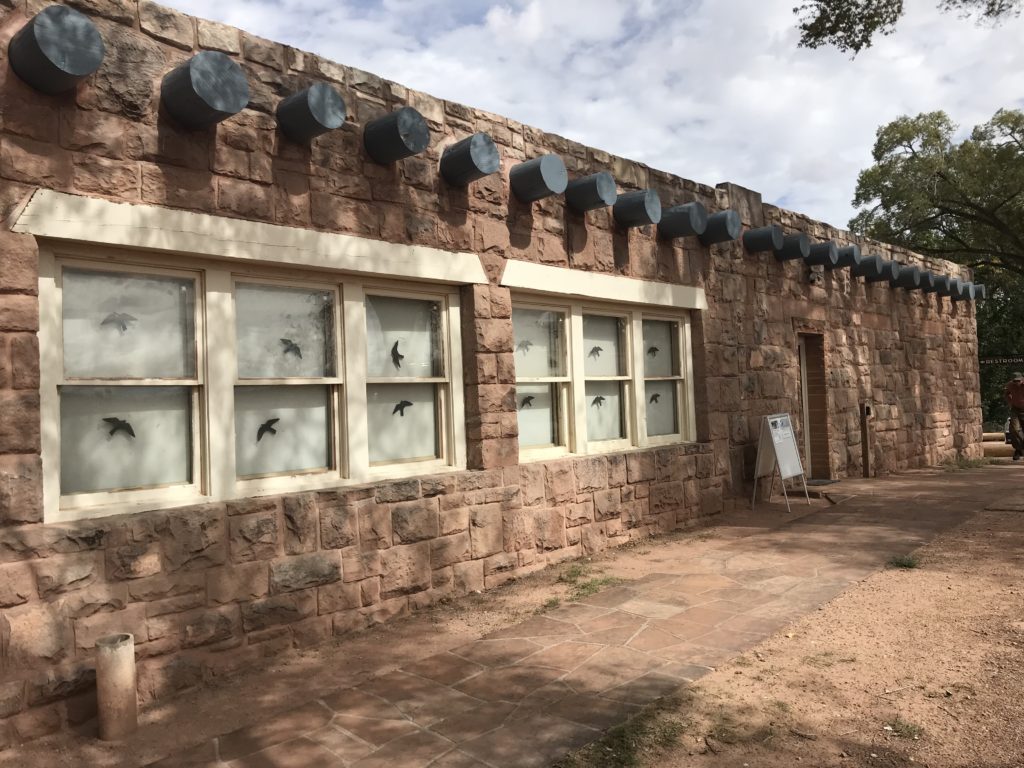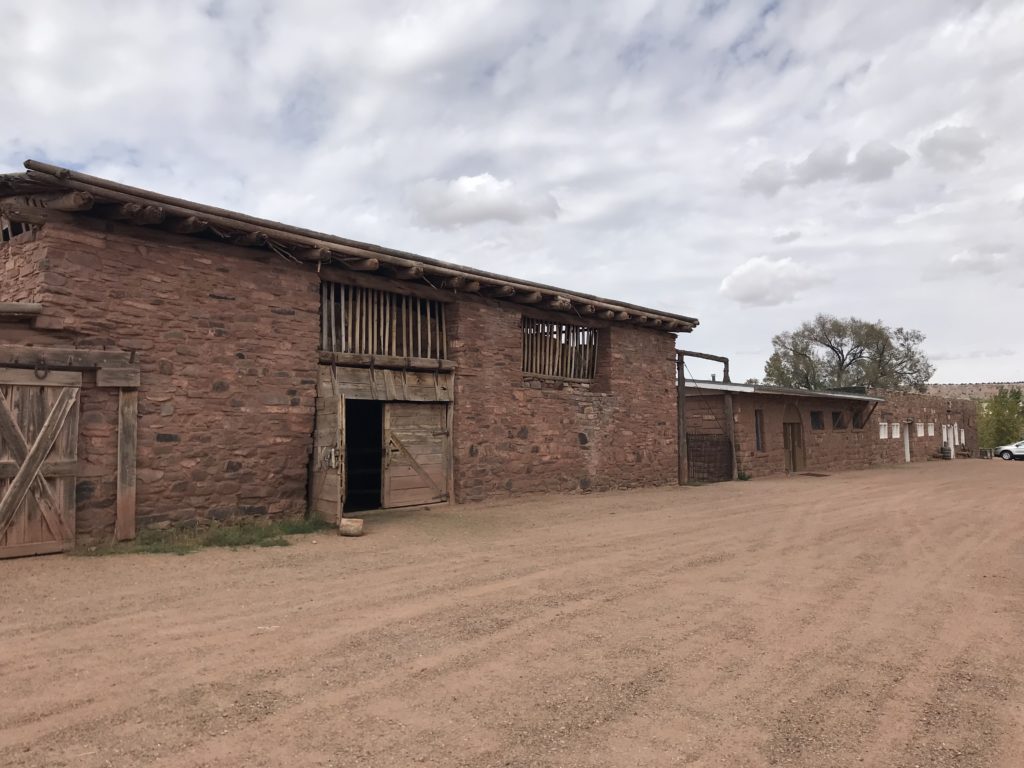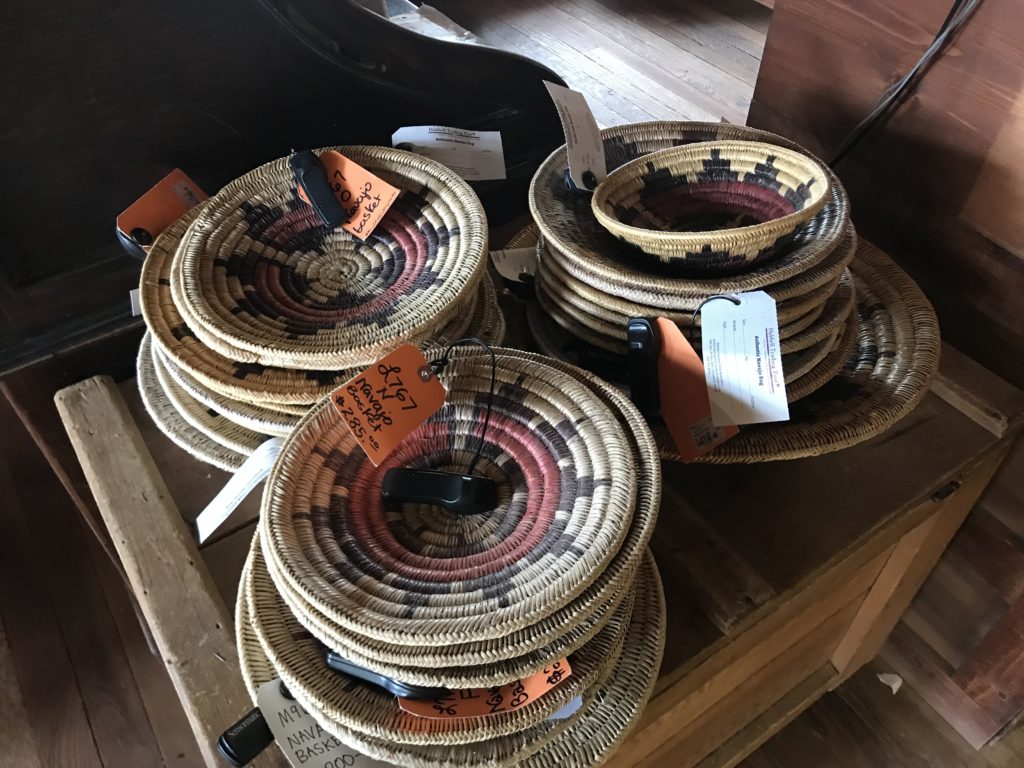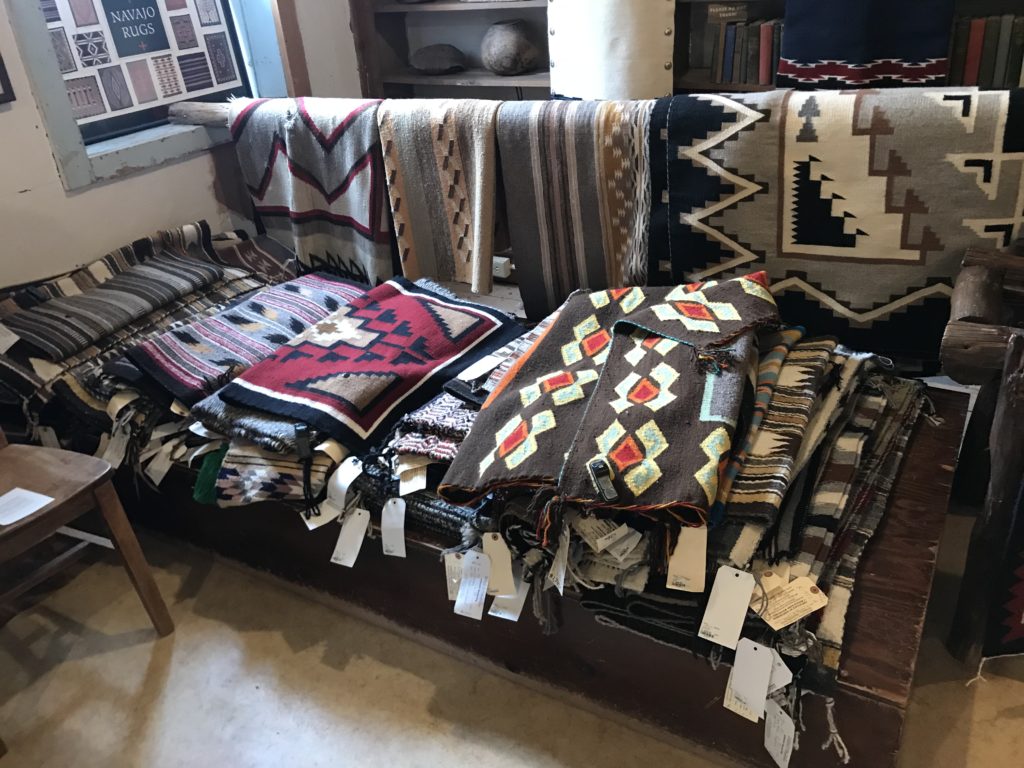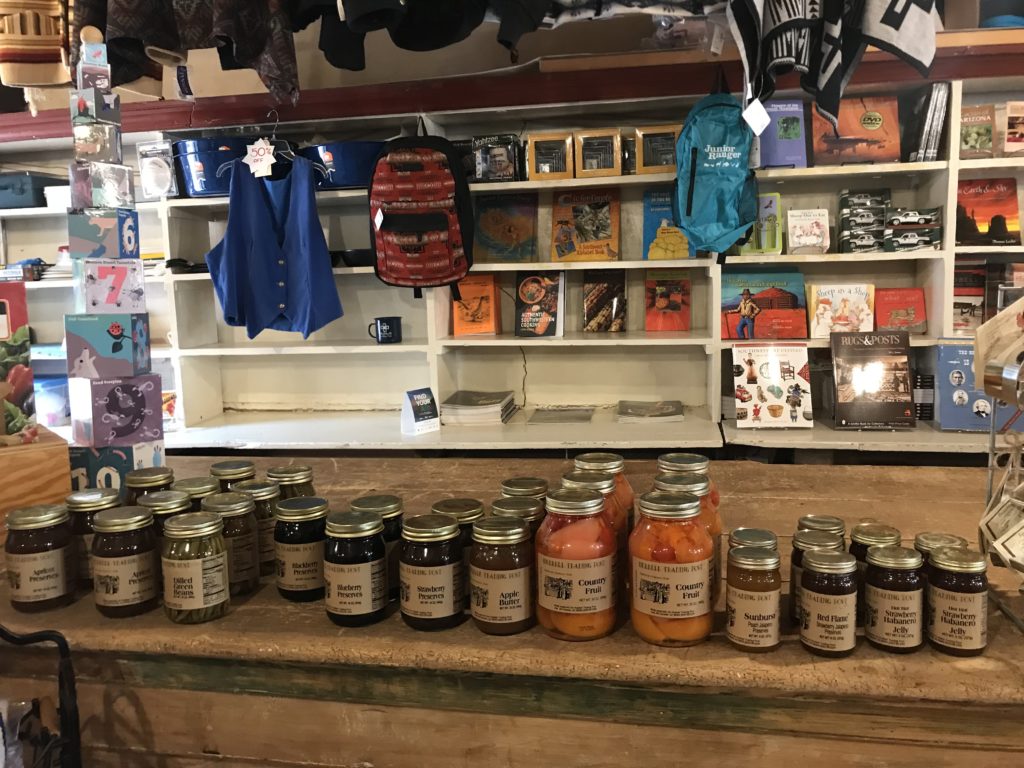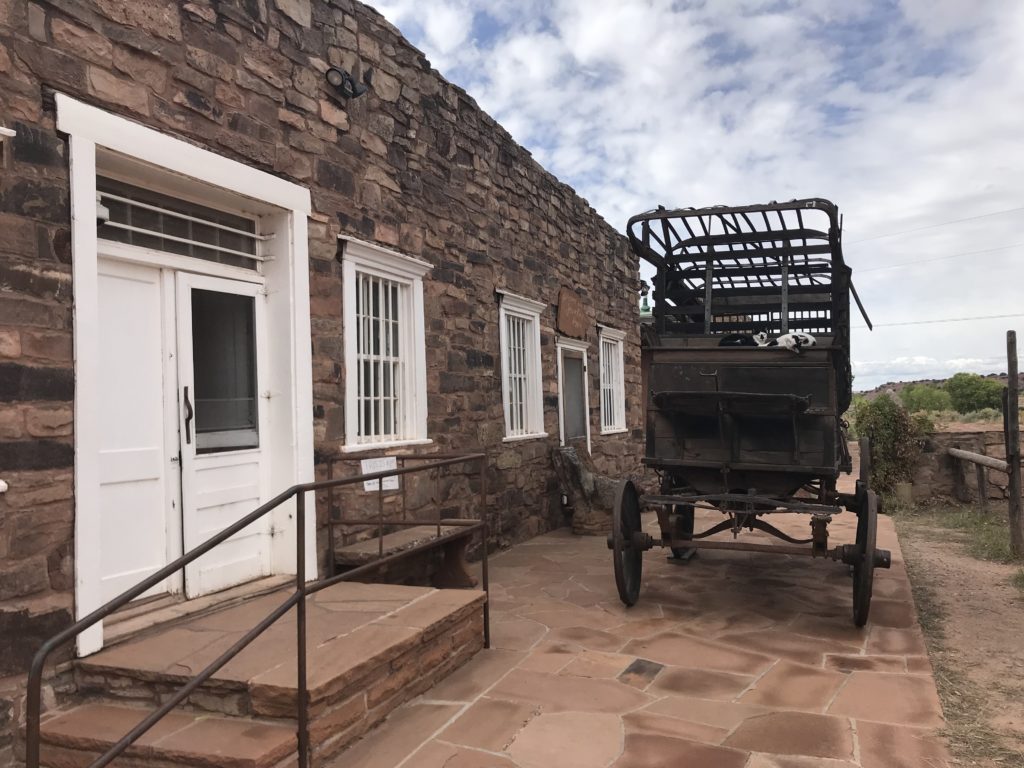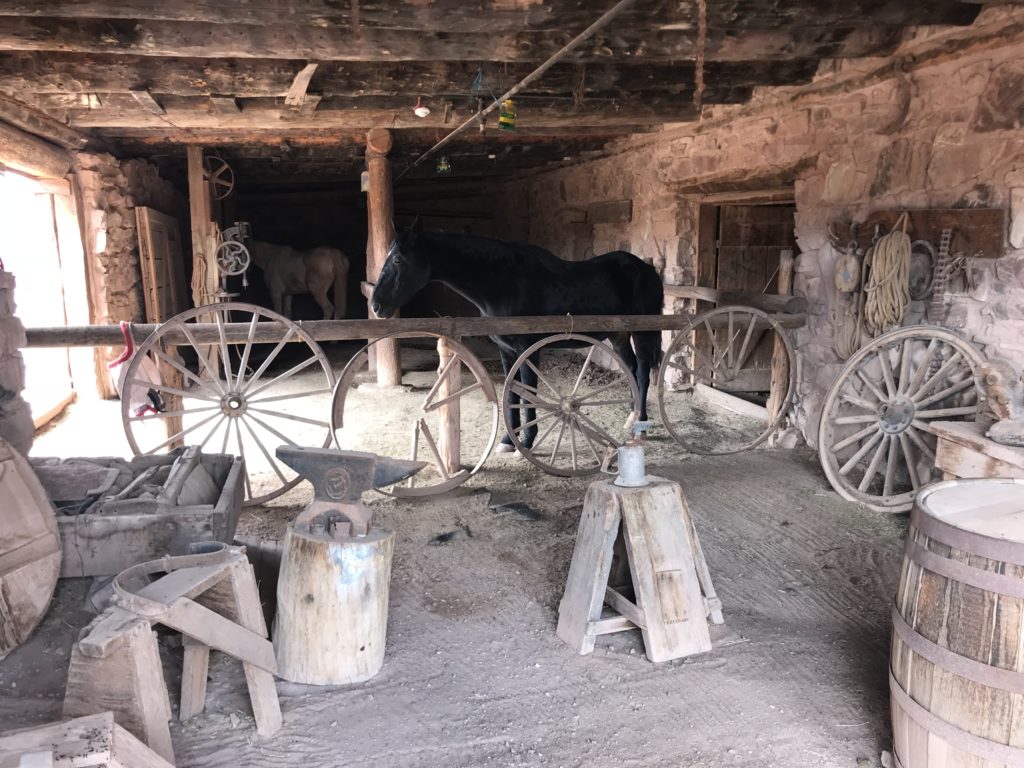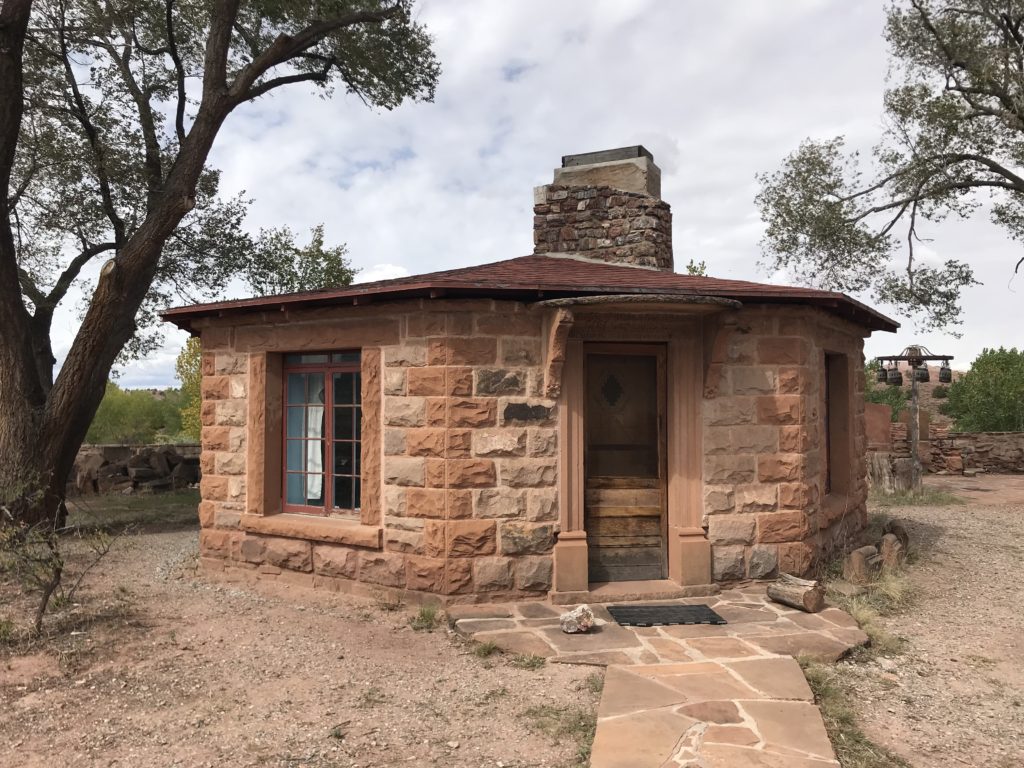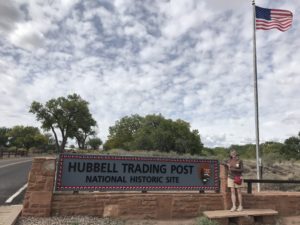 The last place we visited on this trip to Arizona was Hubbell Trading Post National Historic Site. We went to Hubbell Trading Post directly from Canyon de Chelly, so we were hoping for more than we saw at Canyon de Chelly.
The last place we visited on this trip to Arizona was Hubbell Trading Post National Historic Site. We went to Hubbell Trading Post directly from Canyon de Chelly, so we were hoping for more than we saw at Canyon de Chelly.
John Hubbell established the trading post in 1876 on the Navajo reservation. Although the Navajo lived on their traditional lands, they had been forcibly removed to Bosque Redondo in New Mexico when they objected to living on a reservation. At Bosque Redondo they starved and many of them died. Finally they were allowed to return to their homes, now a designated reservation. They were distrustful of the whites who had broken one promise after another. But John Hubbell lived among the Navajo, treated them fairly, and gave them good advice about dealing with the US government.
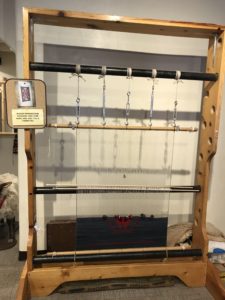
John Hubbell is elected the first US senator from Arizona when it becomes a state in 1912. His sons continue to run the trading post after John’s death in 1930. Dorothy Hubbell, wife of John’s son Roman, sells the family’s house to the National Park Service in 1967. Consequently, the house contains all the belongings of the Hubell family, including some wonderful works of art by Native Americans.
Even though the season for tours through the house was over, the ranger on duty let us and another couple do a quick walk-through of the house. We admired the art work and learned more about the Hubbell family. Tom and I spent a little time in the Visitors Center and then walked around the ranch. We saw a couple of horses, chickens, some outbuildings, and a hogan built as a guest house by the Hubbells.
Today the store at Hubbell Trading Post is still open, just as it was during the Hubells’ day. We looked around the store quite a bit, admiring the Native American artwork, the handwoven rugs, and jewelry. This is definitely the place to go to see Navajo and Hopi handcrafts for sale. The store also sold pop and candy and various locally produced items, along with the requisite NPS souvenir items. The store looks much the same as it would have in the 1870’s.
It was interesting to learn more about the Hubbells and imagine living at a trading post. We appreciated the ranger (she was the only one on duty) letting us see the house. Instead of the NPS interpreting the site, it felt more like people were living there still.

